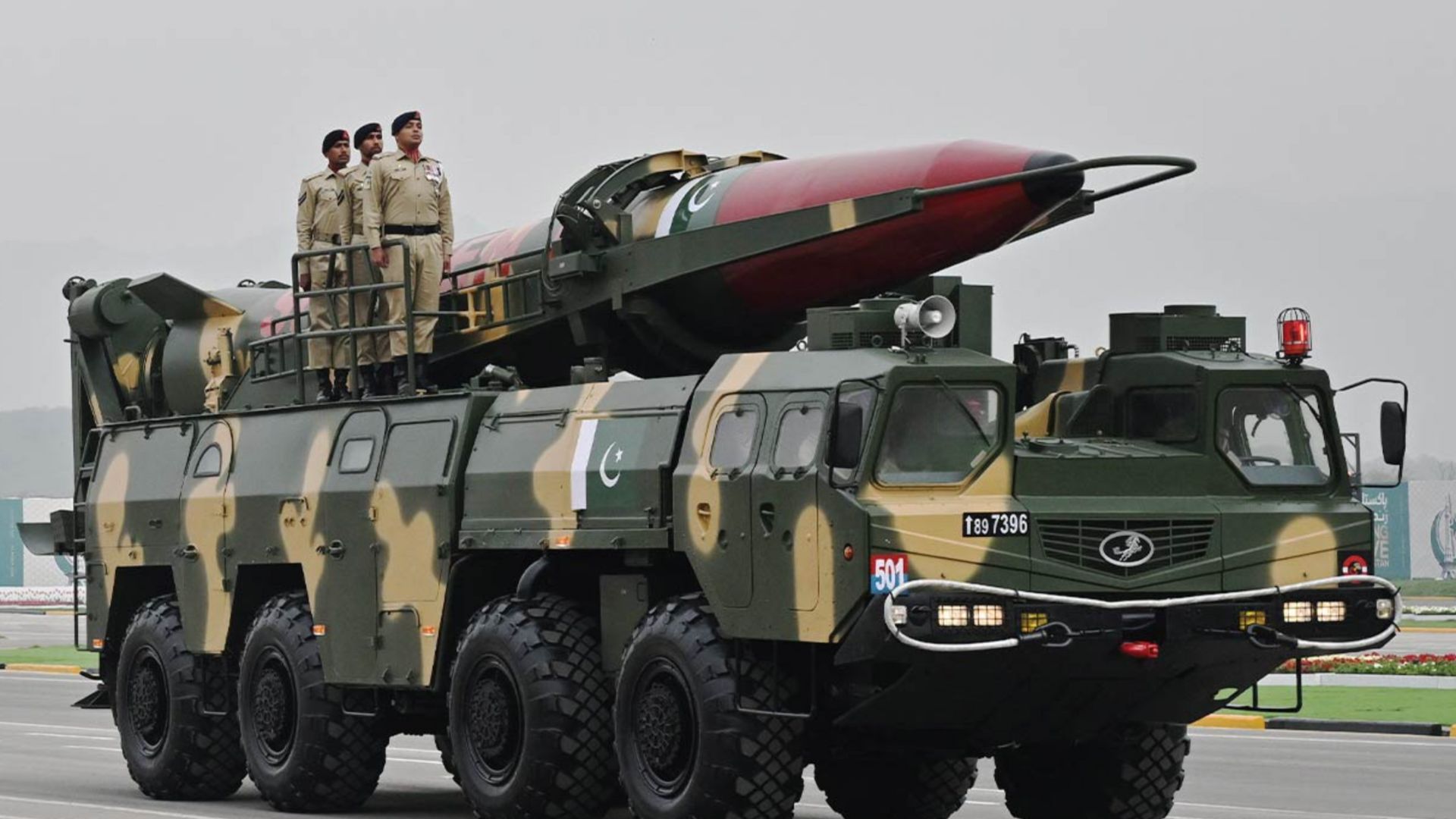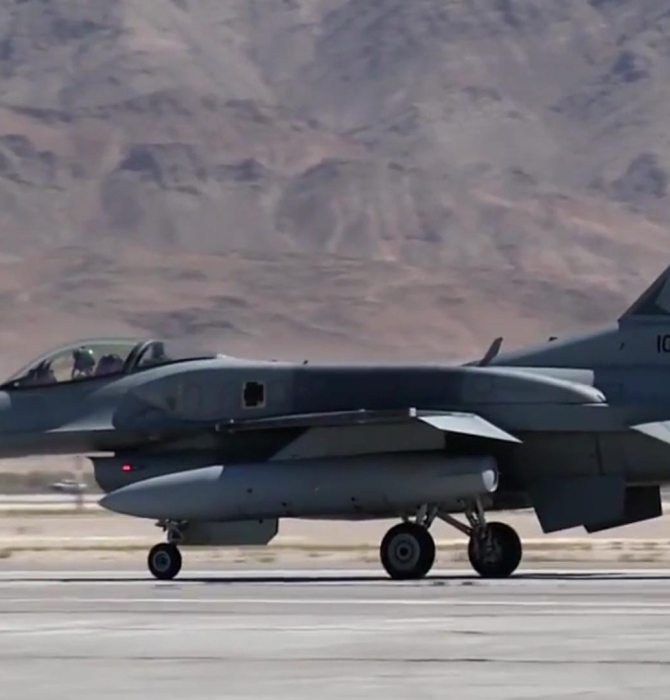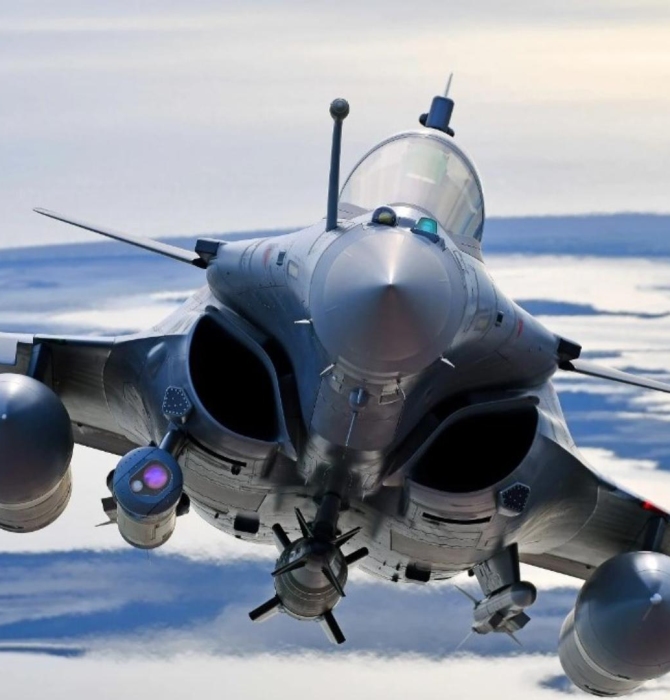3130Views

Defence Uncut | The Overlooked History of Pakistan’s Nuclear Program
Pakistan’s nuclear capability is often shrouded in myths of borrowed technology and foreign designs. But the reality is a far more complex and strategically calculated story of indigenous ambition, deep-seated mistrust in global alliances, and a 70-year scientific journey born from a quest for survival.
In a recent episode of the ‘Defence Uncut’ podcast, analysts unpacked the secret history of how Pakistan developed not one, but two parallel nuclear weapons programs, establishing a powerful deterrent from the ground up.
(To listen to the full, in-depth analysis, watch the full episode on YouTube below).
The Trigger: “Capricious” International Alliances & Institutions
The genesis of Pakistan’s nuclear weapons program wasn’t just India’s “Smiling Buddha” test in 1974. The seed was planted earlier, solidified by the traumatic 1971 war which led to the secession of East Pakistan. Pakistan’s leadership at the time, including Prime Minister Zulfiqar Ali Bhutto, came to a stark conclusion: international institutions and alliances were “capricious,” a polite term for useless in a time of crisis.
“The understanding in that room [in 1972] was that you cannot trust anyone with your national security and integrity,” Quwa Founder Bilal Khan explains. This foundational belief – that Pakistan was ultimately on its own – became the driving doctrine for achieving absolute deterrence.
Hedging Bets: The Twin Paths to the Bomb
To secure this deterrence, Pakistan made a crucial strategic decision: it would not rely on a single method. The leadership initiated two parallel programs:
The KRL Uranium Program: Led by Dr. Abdul Qadir Khan, this was the widely publicized uranium enrichment path. It was conceived as the “shortcut” to a nuclear weapon, designed to establish a credible deterrent on paper as quickly as possible to close the gap with India. This program successfully produced weapons-grade uranium by 1984.
The PAEC Plutonium Program: Led by Dr. Munir Ahmed Khan, this was the more structural, indigenously-driven program.
It leveraged the scientific base Pakistan had been building since the 1950s under the “Atoms for Peace” initiative.
Plutonium-based weapons are technologically more advanced, smaller, and more efficient, representing the long-term, absolute future of the deterrent.
This dual-track approach demonstrates immense foresight, ensuring both short-term security and long-term strategic superiority without falling into the trap of pursuing only one path.
Debunking the Myth of the “Chinese Bomb”
While international assistance, particularly from China, played a role, the podcast forcefully debunks the narrative that Pakistan’s program was simply imported.
“The best way I like to view this as is essentially the license to reverse engineer,” states Aseem ul Islam, clarifying that China provided jumping-off points, not finished products.
Pakistan had to build a vast and specialized industrial ecosystem to make the programs work, especially the more complex plutonium route.
This involved mobilizing public sector giants like the Heavy Mechanical Complex and private firms like Descon Engineering to construct critical infrastructure, such as the Khushab reactor, indigenously.
The country had to master a long list of complex industrial processes, including: uranium ore concentration and refining plants; zirconium and heavy water production; tritium production plants (critical for boosting plutonium weapons; and manufacturing of gas centrifuges and explosive lenses for implosion devices, among many other inputs.
This industrial base, though often stunted by sanctions, is the true nucleus of Pakistan’s strategic capability.
From Ballistic Missiles to Tactical Warheads
With the bomb secured, the focus shifted to delivery. Pakistan developed a multi-layered delivery capability in phases:
Phase 1 (The Interim Solution): Initially, Pakistan relied on “toss bombing” from aircraft—a clear indicator that the early doctrine was tactical, aimed at hitting military formations, not destroying cities.
Phase 2 (Missile Development): Pakistan pursued both liquid-fuel (Ghauri) and solid-fuel (Shaheen, Ghaznavi) ballistic missiles. This was later supplemented by the development of land-attack cruise missiles like Babur and the air-launched Ra’ad, giving planners standoff capabilities.
Phase 3 (Miniaturization & Full Spectrum Deterrence): The modern era is defined by the miniaturization of warheads, evidenced by the Nasr (Hatf-9) tactical ballistic missile. This development points to a highly advanced plutonium-based warhead capability, allowing for a more distributed, responsive, and difficult-to-neutralize deterrent.
Today, the focus is shifting again. With nuclear deterrence established, Pakistan is now leveraging its strategic industrial base to develop advanced conventional systems, like the Fatah series of missiles, preparing for conflict below the nuclear threshold.
Listen to the Full Discussion
To hear the full discussion on Pakistan’s future trajectory, including the potential for nuclear-powered submarines and the critical need to unleash the private sector, listen to the full episode of ‘Defence Uncut.’
If you would like to read more about what was discussed in this episode, check out the links below:
- Pakistan’s Rationale for Nuclear Weapons
- Pakistan Navy Hints Need for Dedicated Nuclear Asset
- Pakistan’s Nuclear Weapons Program Continues Evolving
- The Future of Pakistan’s Airborne Nuclear Deterrence
If you have any questions, comments, or news topic suggestions you would like to hear us discuss, then send us an email at podcast@quwa.org.


